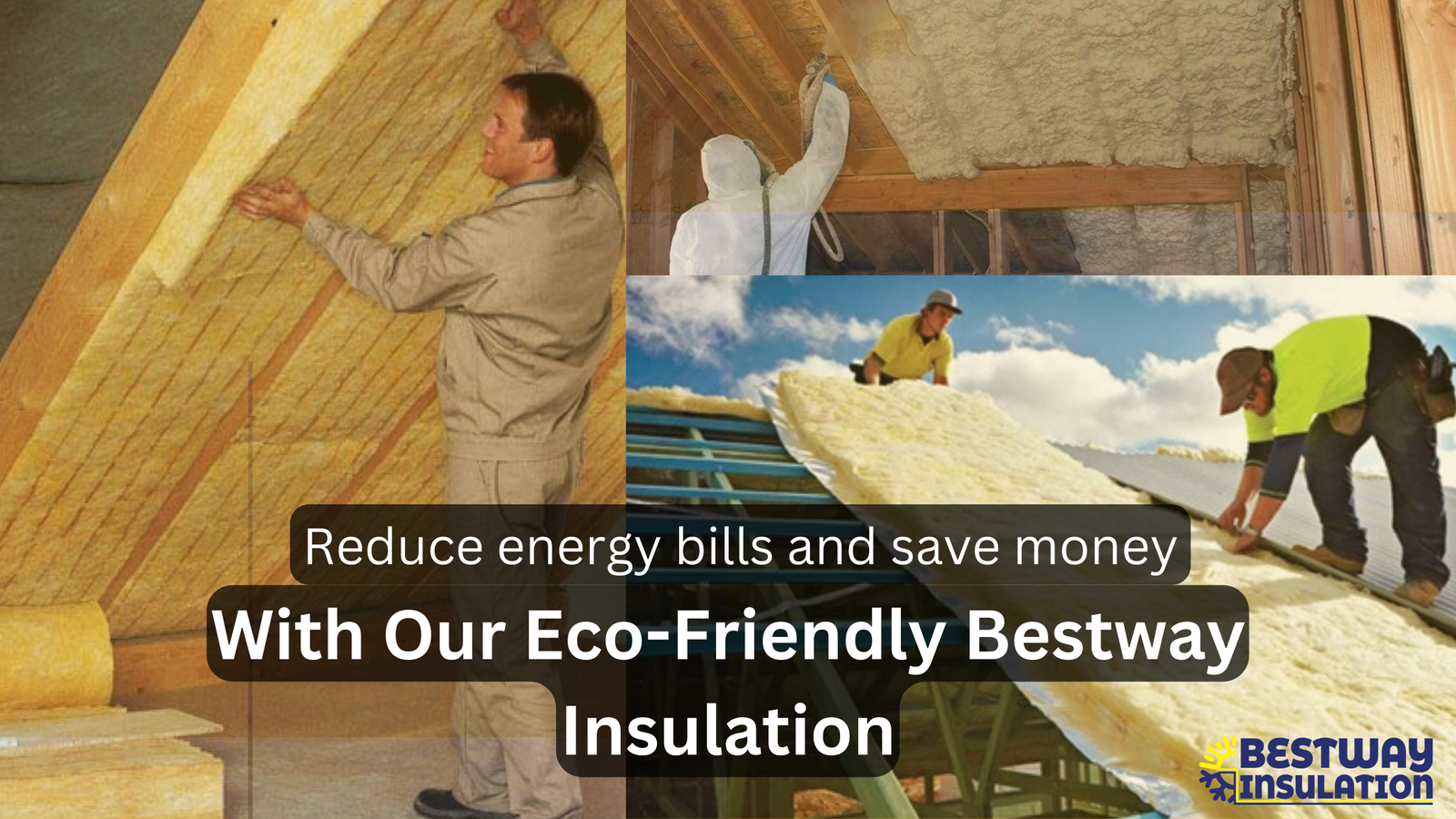Reduce energy and save money With Our Eco-Friendly Bestway Insulation

Reduce energy and save money With Our Eco-Friendly Bestway Insulation
In the present, where the environment and efficiency have become more important trying to find ways to save both energy and cash is the top goal for many business and home owners alike. One of the best methods to accomplish both these objectives is with using eco-friendly and energy efficient insulation options. A properly installed insulation system not only assists in helping keep your indoor space comfortable however it also decreases the amount of energy consumed and utility costs and reduces carbon emissions. In this piece we’ll explore the advantages of using green insulation choices and how they could make a huge improvement in the efficiency of your home’s energy use as well as your overall financial situation.
The Importance of Proper Insulation
Before diving into the details of environmentally friendly insulation options It is essential to comprehend the importance of insulation for every building. Insulation functions as a barrier to prevent transfers of heat from the exterior and interior of a building. In winter when it is cold that it holds the warm air inside. During the summer heat and prevents heat from getting into. If insulation isn’t adequate buildings are more susceptible to temperature extremes which can cause discomfort, more energy use as well as higher costs.
Traditional Insulation in comparison to. Eco-Friendly Solutions
Traditional materials for insulation including fiberglass and foam have been widely utilized for a long time. Though they’re effective, to a degree but they do have a number of negatives like their impact on the environment as well as their the limited ability to save energy. Alternatives to insulation that are eco-friendly however, provide a more sustainable and effective solution.
Sustainable Materials: A lot of eco-friendly insulation alternatives are made from recycled or renewable materials. For instance, the cellulose insulation that is made of recycled paper, denim insulation made using jeans that have been thrown away, wool insulation made from sheep’s wool that is naturally sourced. When you use these materials can help in reducing the need for more sources and diverting waste away out of landfills.
Higher Efficiency in Energy: Eco-friendly insulation is developed to provide more resistance to heat and performance, sometimes exceeding the capabilities that traditional insulations offer. This increased efficiency results in less energy usage to heat and cool and directly affects your electricity bills. If you create a well-insulated construction enclosure, you will be able to maintain an even temperature inside without the need for HVAC equipment.
Reduced Carbon Footprint: Manufacturing and the installation of conventional insulation products often leave an immense carbon footprint because of energy-intensive manufacturing techniques. However, environmentally friendly insulation products generally have a smaller environmental impact. In addition, the savings on energy that are a result of proper insulation can contribute to the reduction of carbon dioxide emission.
Healthier indoor environment: A lot of environmentally friendly insulation products are free of harmful chemicals as well as volatile organic compounds (VOCs) which release gases into indoor air. It is a safer work or living environment. This is which is especially beneficial for people with asthma or allergies.
Longevity and durability: Certain green insulation materials are immune to mold, pests and water, resulting in additional durability while also prolonging the longevity of the insulation. That means that there will be fewer repairs throughout the years, resulting to less waste and savings on costs.
The Financial Benefits of Eco-Friendly Insulation
The initial expense of green insulation might seem a bit more expensive over traditional alternatives, however you must consider the financial advantages over time. This is how changing to green insulation can save you in the long run. time:
Lower Energy Costs: As mentioned previously the improvement in insulation results in less energy use in cooling and heating. If your home is well-insulated it means that your HVAC system won’t be required to be working as hard to keep the temperature you want and will result in lower cost of utility usage.
Tax Incentives & Rebates: A lot of local governments and utilities provide incentives and rebates for upgrades that are energy efficient, like upgrades to insulation. The financial rewards can substantially reduce the initial expense of green insulation, which makes it more affordable over the long term.
Increased Value of Property: A property that is well-insulated can be an asset worth having. Businesses and homes that are energy efficient are highly sought-after prospective buyers and tenants tend to prefer properties that have less operating expenses due to energy-efficient insulation. The increased value of your property can prove to be an benefit when it’s time to rent or sell the property.
Reduced Maintenance Costs: Environmentally friendly insulation is generally more durable and less susceptible to typical issues such as bugs and mold. That means less repairs or replacements and saves your money in the long run.
Environmental Savings: Though it isn’t directly monetary but the less environmental footprint and the conservation of resources that eco-friendly insulation can bring to a more sustainable earth. If you select sustainable alternatives it is a way to participate of environmental conservation, which can be a significant benefit on its own.
Choosing the Right Eco-Friendly Insulation Solution
In deciding on an eco-friendly insulation product, it is important to think about factors like the climate of your area and the particular requirements of your home, as well as the budget you have set. Talking with a reputable insulation company can help you make a well-informed choice.A few of the most popular insulation alternatives that are eco-friendly are:
Cellulose Insulation: Composed of the recycled papers, cellulose insulation makes an ideal option for renovations and new construction. It has a high resistance to heat and has a particularly good track record at reducing air infiltration.
Wool Insulation: This natural insulation is made from sheep’s wool. This makes it biodegradable and renewable. Wool insulation is renowned for its exceptional performance in terms of thermal insulation and its moisture-wicking abilities.
Cotton/Denim Insulation: Created from recycled jeans, this kind of insulation is chemical-free and could be an excellent alternative for environmentally conscious consumers.
Spray Foam Insulation (Eco-Friendly formulations): The traditional method of spray foam insulation caused concern because of its chemical makeup Certain companies offer green spray foam that are free of VOCs and have a lower impacts on the environment.
Conclusion
The incorporation of eco-friendly, efficient insulation is a wise decision that will pay off in terms of energy efficiency and less the environmental impact. If you choose sustainable building materials and enhancing the thermal efficiency of your structure and constructing, you’ll be able to enjoy less cost of energy, greater comfort as well as a beneficial contribution to our planet. When you’re constructing a new building or want to improve your current one green insulation is a move toward the right direction. improving your financial situation along with your overall health, as well as future generations.



